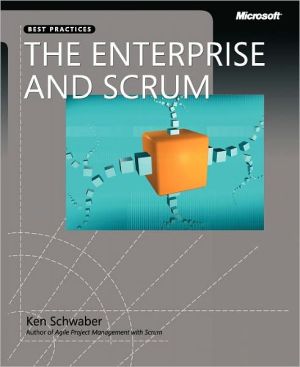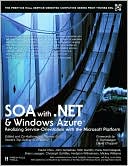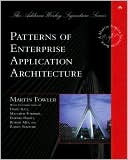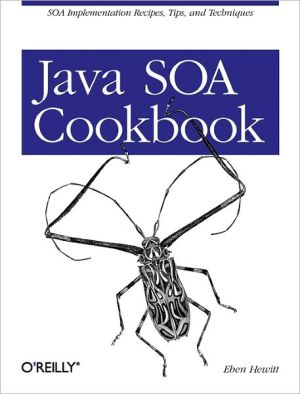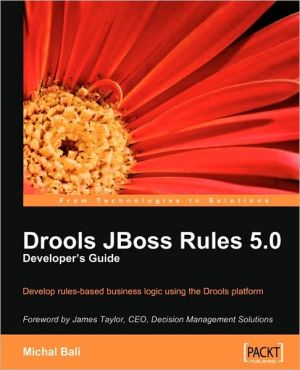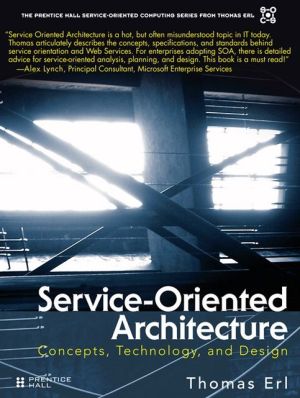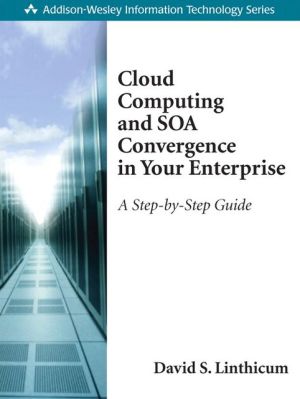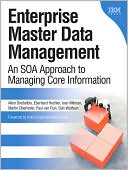The Enterprise and Scrum
It’s time to extend the benefits of Scrum—greater agility, higher-quality products, and lower costs—from individual teams to your entire enterprise. However, with Scrum’s lack of prescribed rules, the friction of change can be challenging as people struggle to break from old project management habits. In this book, agile-process revolution leader Ken Schwaber takes you through change management—for your organizational and interpersonal processes—explaining how to successfully adopt Scrum...
Search in google:
It’s time to extend the benefits of Scrum—greater agility, higher-quality products, and lower costs—from individual teams to your entire enterprise. However, with Scrum’s lack of prescribed rules, the friction of change can be challenging as people struggle to break from old project management habits. In this book, agile-process revolution leader Ken Schwaber takes you through change management—for you organizational and interpersonal processes—explaining how to successfully adopt Scrum across your entire organization.A cofounder of Scrum, Ken draws from decades of experience, answering your questions through case studies of proven practices and processes. With them, you’ll learn how to adopt—and adapt—Scrum in the enterprise. And gain profound levels of transparency into your development processes.Discover how to: Evaluate the benefits of adopting Scrum in any size organization Initiate an enterprise transition project Implement a single, prioritized Product Backlog Organize effective Scrum teams using a top-down approach Adapt and apply solutions for integrating engineering practices across multiple teams Shorten release times by managing high-value increments Refine your Scrum practices and help reduce the length of Sprints
Introduction xiAdopting ScrumWhat Do We Have to Do to Adopt Scrum? 3Scrum Requires a New Enterprise Culture 4Prove to Yourself That It Is Worth the Effort 5Assess the Type of Change That Will Occur 5Caveats 7Scrum qua Scrum 9Scrum Kickoff Meeting 11The First Year 13The First Month 13The Second Month 15Sources of Transition Backlog Impediments 16What If? 17The Third Month and Beyond 18Against Muscle Memory-The Friction of Change 21Waterfall Thinking 21Command and Control 23Commitment to Defying the Laws of Nature 24Hiding Reality 26Summary 27Enterprises in Transition 29Contoso 29Situation 30Application of Scrum 30Outcome 31Additional Comments 31Humongous 32Situation 32Application of Scrum, Phase 1 33Outcome, Phase 1 33Situation, Phase 2 34Application of Scrum, Phase 2 34Outcome, Phase 2 34Additional Comments 35Woodgrove Bank 35Application of Scrum 36Litware 37Situation 37Application of Scrum 37Outcome 38Additional Comments 40Start Using Scrum for Enterprise WorkOrganizational Practices 45Organizing Enterprise Work 46Organizing Enterprise Work for a High-Technology Product Company 46Organizing Enterprise Work in Other Enterprises 51Organizing Enterprise Work for New Systems that Automate an Enterprise Operation 52Organizing the Complexity of Multiple Views 54Organizing Work to Optimize Software Product Family Architectures 55Engineering Practices 59Multilayer System Work Organized by Functionality 60Integration of Multiple-Layer Systems 53Integrating the Work of Scrum Teams and Teams Not Using Scrum 66Summary 68People Practices 69Organizing People to Do Enterprise Work 70Team Creation 73Team Work 75How People Are Managed 76Functional Expertise 80Compensation 81Extra Managers 81Teams with Distributed Members 82Scarce Skills Needed by Many Teams 83The Relationship Between Product Management/Customer and the Development Team 85Shortening the Time to Release Through Managing Value 86Relative Valuation with Scrum 87Just Do It 90The Infrastructure, or Core 90Accelerators to Recovery 92The Mother of All Problems 93AppendicesScrum 1, 2, 3 101The Science 101Empirical Process Control 102Complex Software Development 103Scrum: Skeleton and Heart 105Scrum: Roles 106Scrum: Flow 106Scrum: Artifacts 109Product Backlog 109Sprint Backlog 111Increment of Potentially Shippable Product Functionality 112More About Scrum 113Scrum Terminology 113Scrum and Agile Books 117Scrum Books 117Books on Techniques Used in Scrum for Managing Product Development 117Books on Managing in an Agile Enterprise 117Books on Related Theory 118Books that Provide Insights into Agile 118Books on Agile Software Engineering Techniques 118Scrum and Agile Web Sites 118Example Scrum Kickoff Meeting Agenda 119Conduct Kickoff Meeting 119Initial Enterprise Transition Product Backlog 123Establish Preconditions a Project Must Meet to Use Scrum 123Establish New Metrics 124Suboptimal Metrics 124Change Project Reporting 124Establish a Scrum Center 125Scrum Musings 127Value-Driven Development 127Realizing Project Benefits Early 129Eat Only When Hungry 130For Customers Only 131Bidding Work 133Managing Work 134A Cost-Effective Alternative to Offshore Development 136How to Use Scrum and Offshore Development 138Too Large Teams 139Virtual Teams Instead of Offshore Development 140Forming Cross-Functional Teams 142Cross-Functional Teams and Waterfall 143Index 147
